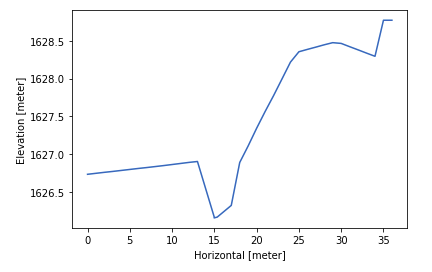Read, manipulate, and analyze res1d, res, resx, out, and xns11 files.
For other MIKE files (Dfs0, Dfs1, Dfs2, Dfsu,...) use the related package MIKE IO
Most users of MIKE IO 1D will also find MIKE+Py of interest.
- Windows, Linux (experimental)
- Python x64 3.9 - 3.13
- (Windows) VC++ redistributables (already installed if you have MIKE)
- (Linux) .NET Runtime (not installed by default)
From PyPI:
pip install mikeio1d
Linux users will need to install .NET runtime. For Ubuntu, you can install .NET runtime as follows:
sudo apt install dotnet-runtime-8.0
Or development version:
pip install https://github.com/DHI/mikeio1d/archive/main.zip
If you're on the development branch, you need .NET SDK. Ubuntu users can install these dependencies as follows:
sudo apt install dotnet-sdk-8.0
Check out the official documentation for MIKE IO 1D.
>>> import mikeio1d
>>> res = mikeio1d.read('my_results.res1d')
>>> df = res.read()
>>> df_reach = res.reaches['my_reach'].Discharge.read()
>>> df_node = res.nodes['my_node'].WaterLevel.read()>>> import mikeio1d
# Plot section with location id 'basin_right', chainage '238.800', and topo id '1'.
>>> xns = mikeio1d.read("mikep_cs_demo.xns11")
>>> xns['basin_right', '238.800', '1'].plot()Continue learning with additional examples.
- Reference - Documentation
- New ideas and feature requests - GitHub Discussions
- Bugs - GitHub Issues




